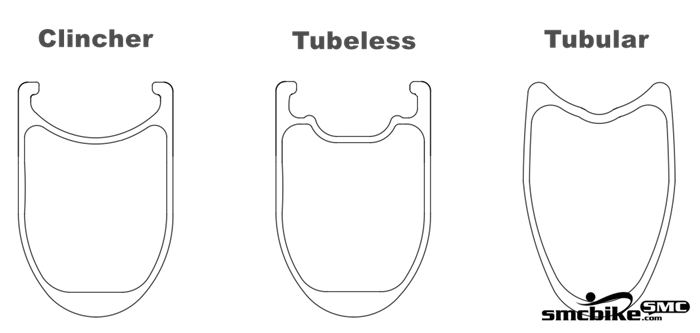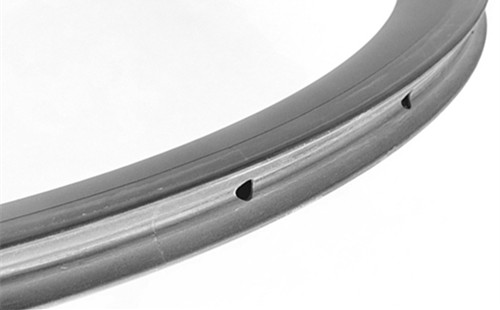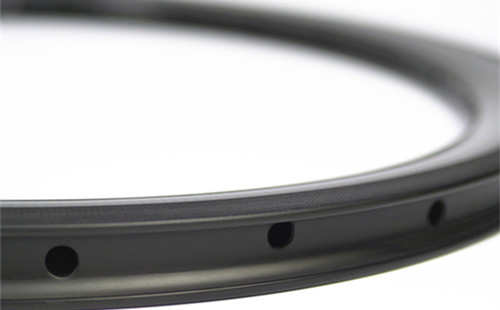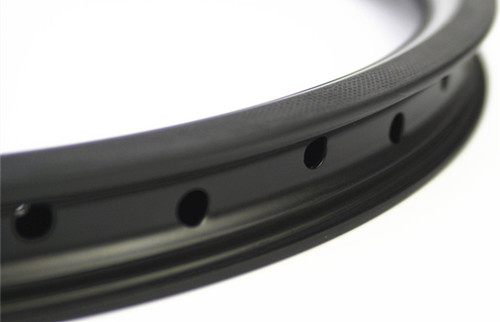What is the difference between Clincher rim, Tubeless rim and Tubular rim, it is easy to know the difference from below rim section image, the design is different.

Of course, the function for Clincher rim, Tubeless rim, Tubular rim are also different:
Clincher rim
Clincher are the most popular type and tend to be the default setup for most bikes. A clincher rim design with hooks, inside each tire there is an inner tube that you fill with air. When you get a flat tire, you remove your inner tube and repair it or replace it with a new one.
Because clincher tires and tubes are ubiquitous, they are a good choice for many riders. It’s easy to source new tires and tubes, and maintenance and repair are straightforward. Plus they tend to be cheaper than the other tire types.
Tubeless rim
Tubeless setups are the newest option and are popular for road and cyclocross use although they’ve been the top choice for a majority of mountain bikers for nearly two decades. Even the city riding and folding bike are increasing. A tubeless setup uses only a rim and tire – no tube. The setup is airtight. Most cyclists will also use a tire sealant inside which allows small punctures to automatically fix themselves as they occur.
The major advantages to the tubeless setup are
1. that you rarely get flats
2. that you can run lower pressures (without pinch flatting) for better traction and ride quality than clinchers.
The Tubeless rim also can run with a inner tube, if you do get a flat, you can simply add more sealant and/or use a tire plug to fix it. Or you can always put an inner tube in it to finish off you ride.
In summary, tubeless setups offer many of the ride quality advantages of a tubular with simpler maintenance and lower costs more like clinchers.
Tubular rim

A Tubular rim is special design, tubular tire is a combination, one-piece tire/tube. You have to mount a tubeless tire to a special tubular rim – typically this is done by gluing the tire to the rim or using a special adhesive rim tape. When you get a flat tire, you then have to remove the tubular tire from the rim and repair or replace it.
The primary advantage to a tubular setup is that tubular wheels and tires are typically lighter than an equivalent clincher setup due to the lack of rim bead so they feel easier to accelerate and better during climbing. You can run a wider range of tire pressures with less risk of pinch flatting, and the ride quality generally feels smoother than it does for clinchers. That’s why racers like them.
The major disadvantage is the process of setting up tubular tires and repairing them if you do flat. Frankly, gluing on a tire can be a mess, and it takes time for the glue to dry, but using the newer adhesive rim tape is somewhat easier.
Racers are more likely to use tubulars than recreational riders because if they do get a flat, they can simply swap out the entire wheel via their follow car or neutral support. But even many racers will opt for clinchers for their training wheels and save their tubulars for racing.


